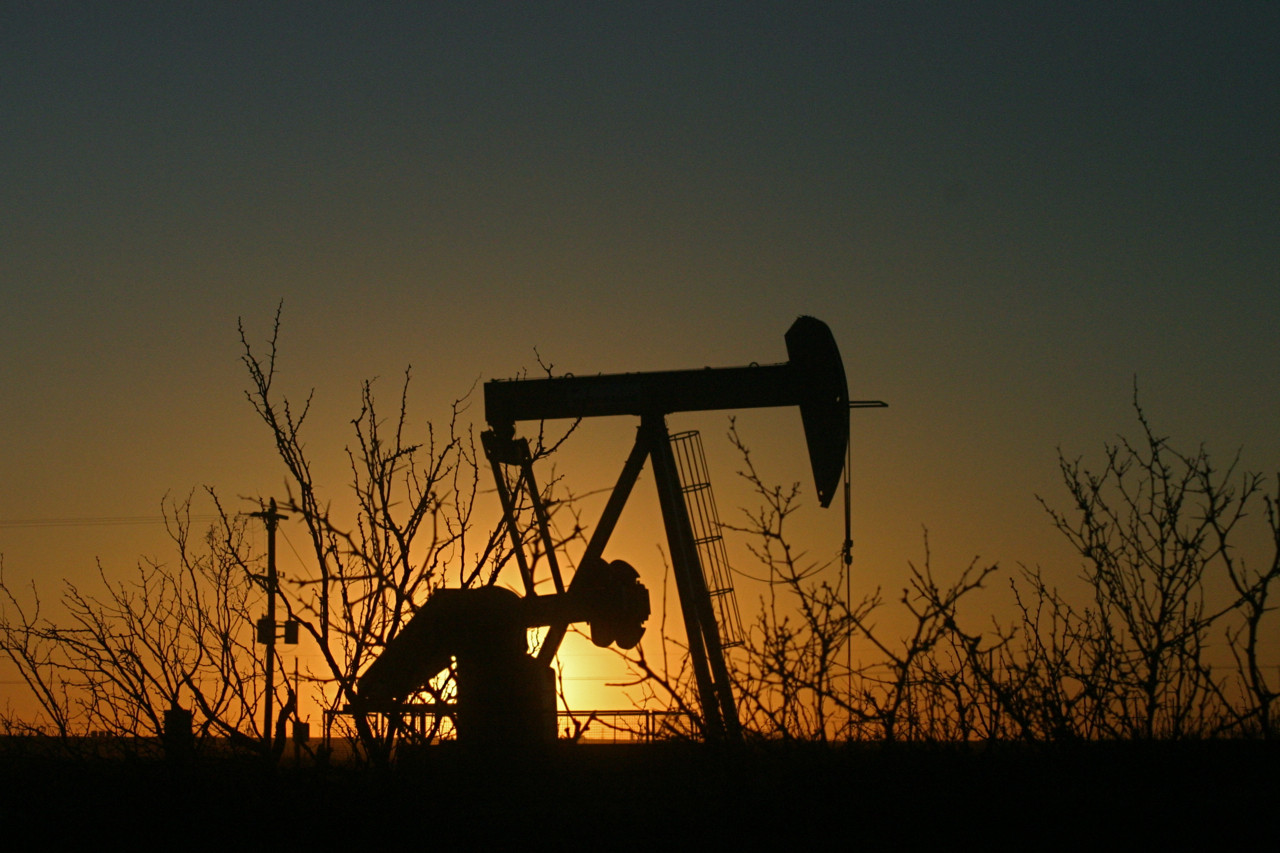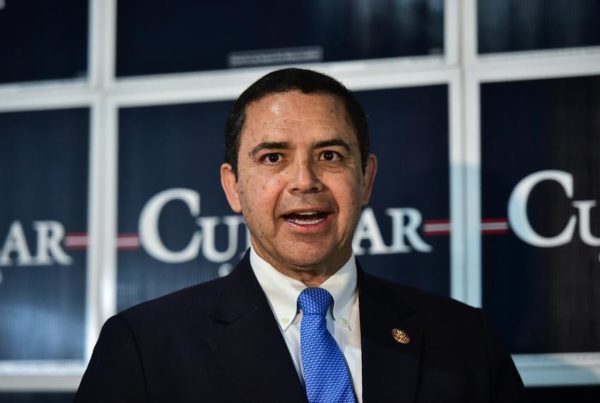If projections from the International Energy Agency, or IEA, are accurate, the global oil market is in for another bumpy ride in 2022.
Matt Smith, lead oil analyst for the Americas for Kpler, spoke with Texas Standard about what to expect this year, including how an expected return to pre-pandemic levels of oil demand could help stabilize some of the market’s volatility. But will there be enough supply to meet demand, and where do Texas oil producers fit in the equation? Listen to the interview in the audio player above or read the transcript below.
This interview has been edited lightly for clarity.
Texas Standard: We’ve had a few key market reports out in the last week. What are the things that you’ve picked up on and that we should be taking note of?
Matt Smith: Well, you mentioned one of them, in terms of the IEA report, but we’ve also had one from the U.S. Energy Information Administration, or EIA, and from OPEC too, and they’ve all been highlighting the supportive elements, not only from the supply side of the oil market but also from the demand side too.
So, in terms of demand, all three of these agencies are seeing global demand growth being extremely strong, back to pre-pandemic levels this year. The the IEA was particularly emphatic. They said that the the omicron defied expectations and had a muted impact on demand, and OPEC sees it as being both mild and short-lived in terms of the demand-side impact. And so all three are seeing demand growth really strong for this year from both developed and developing nations.
And then just on the supply side – as we’ve seen, OPEC is increasing production month after month to unwind those production cuts they put in place because of cratering demand from the pandemic. They’re starting to struggle a little bit. And so the biggest producers in OPEC, we saw their exports dipping last month on the aggregate because they’re just struggling to keep up with supply. So, in summary, you’ve got the strong demand picture while somewhat lagging supply.
If OPEC can’t supply it, I know a place that might have a little additional oil to put on the on the market. What does this mean for Texas?
You hit the nail on the head here. So again, these agencies are all highlighting that the leading source of production growth for this year is looking to be from the U.S., and particularly driven by the Permian Basin. So they’re probably the vast majority of this year’s production increase. And so that’s a real relevant point. And so, particularly when we’re seeing prices elevated, in the $80 per barrel, that’s only helping to spur on that production.
The wildcard here is going to be instability in Eastern Europe. How might that be a factor?
There is some escalation in terms of Russia, and so it is a huge concern now. There’s some troops there and there is the fear that there could be some type of invasion [into Ukraine], but isn’t just from the Russian side of things where we are seeing the geopolitical influence. Just a week ago, we saw drones hitting Abu Dhabi, we’ve seen Libya oil fields going offline there, unrest in Kazakhstan – these are all oil large oil producers. And so these various pockets of geopolitical tension are ready to provide a risk premium to prices going forward here and the potential for a strong escalation if we do see these situations get out of hand.
What should we be expecting in terms of oil prices and prices at the pump?
The tough thing has been that retail price is not budging, so it stuck around $3.30 on the national average. And Texas is about 30 cents lower than that, and so, just on that $3-a-gallon mark. But looking ahead here, EIA projects – extrapolating – that Texas should see it averaging around $2.70 a gallon for this year. That seems to be lowballing it. So if we do see ongoing support for oil prices, which it seems we should see even though we saw a dip at the end of last week, the concern is that you’re going to see a high oil price, meaning high gasoline prices going forward. And so by no means am I saying we’re going to see them ramping up dramatically, but we’re not going to be seeing them coming off by by any strong means.














